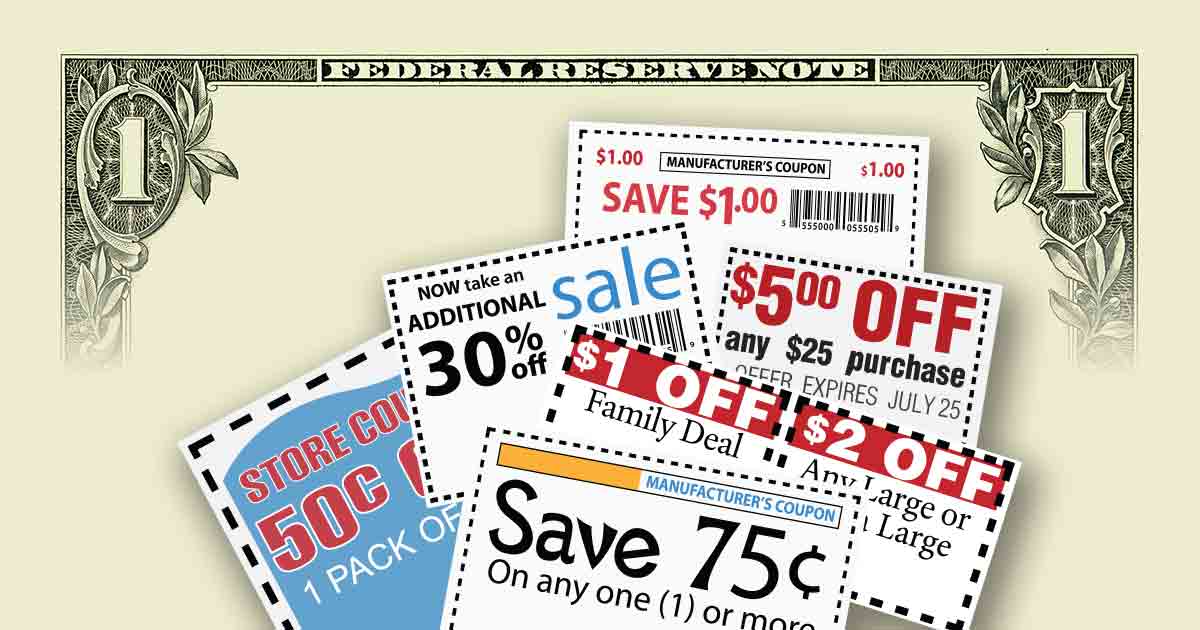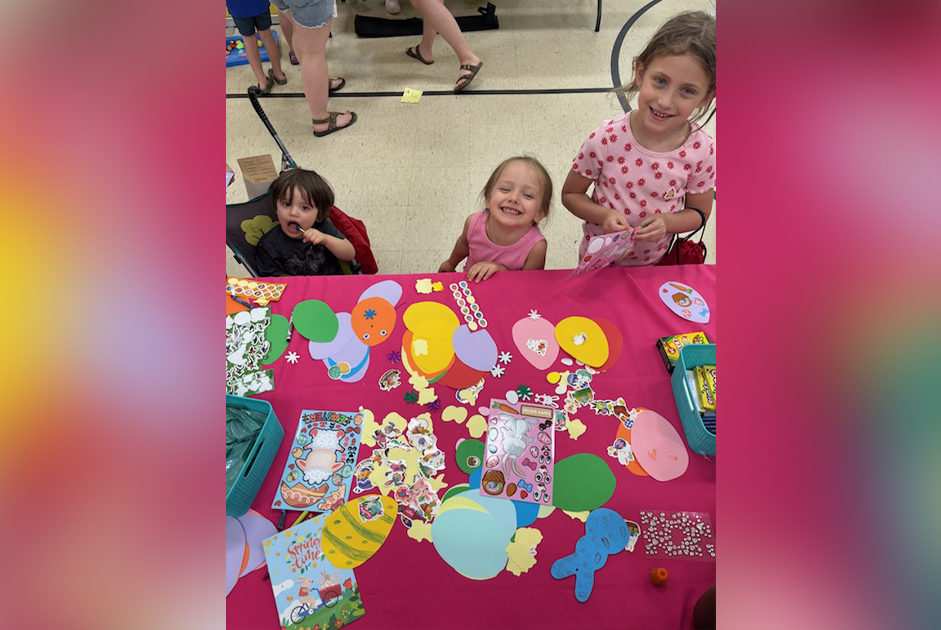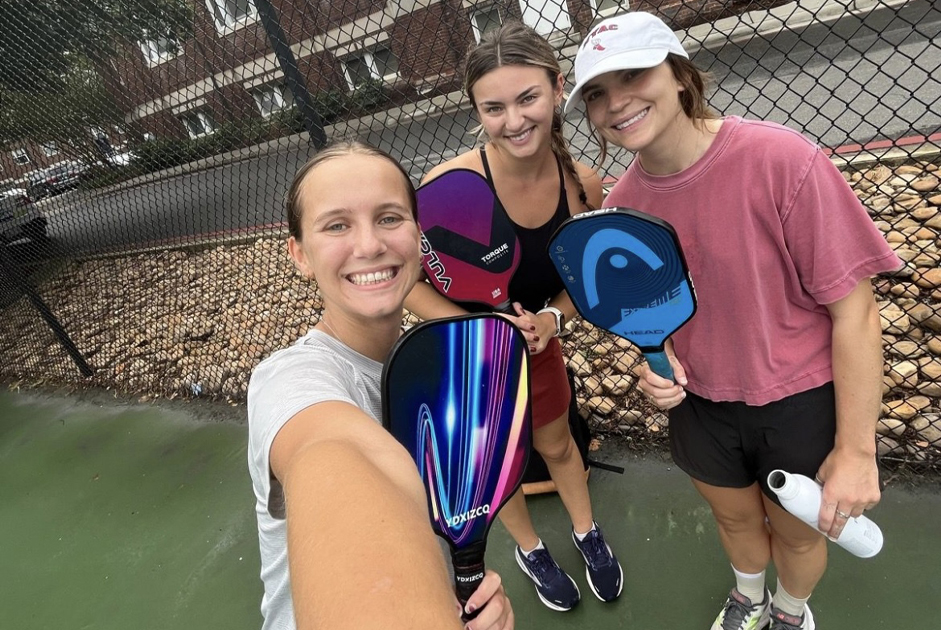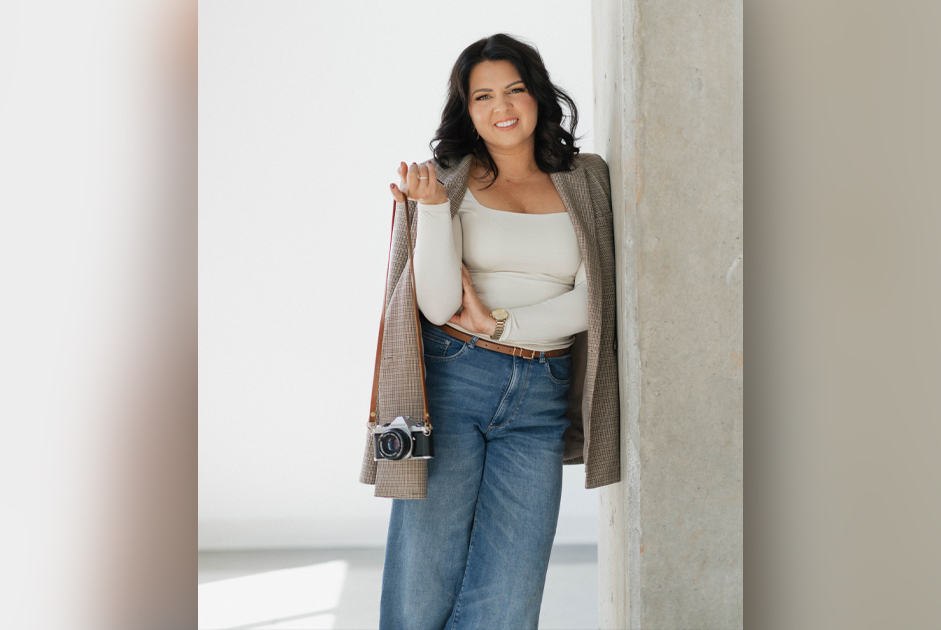Couponing – it is a commonly discussed topic. I’ve written about coupons before, and I’m writing about it again because September is National Coupon Month! I love using coupons and seeing the savings add up at the register. Before almost every shopping trip, I scan my apps and coupon organizer for any deals I could possibly use. I’m not an extreme couponer, but don’t like to leave the house without a coupon or two in my hands. No matter your skill level, there are various ways you can put more money into your wallet every time you visit a store, by using these couponing tips.
- First, be familiar with frequent couponing mistakes. Just because something is on sale doesn’t mean it is a good deal. Always calculate the discount and your coupon savings to determine if the actual price you are going to be paying for an item is a good savings. For example, a product is on sale two for $5.00, but you currently only need one item. You have the choice to spend more money than planned and stockpile the extra item or spend less and pay only what you need. Keep in mind a single item may still ring up at a reduced cost. Read the fine print, do your math, and don’t waste money. Also, don’t be afraid to try different brands and remember to only buy items you need, not every single item that is on sale.
- Have a plan for your shopping trip and don’t get sidetracked on unnecessary purchases. Before heading out, create a list of the items you need to buy and make notes of which coupons are for what items. Once in the store, get in and get out. Don’t linger too long and browse. This causes you to spend money on products you don’t need. Willpower is key to this piece of advice.
- A little-known fact that some people might not know is that you can stack coupons for almost every item you purchase (using more than one coupon per item). It is suggested to use a manufacturer’s coupon and a store’s coupon for this tip. However, it is important to be aware of a store’s coupon policy and whether or not they allow more than one coupon to be used on a single item. Also, take the time to read the coupon’s small print. Often times, for example, if you buy two boxes of hot chocolate, you can use two coupons, one for each box. Multiples of coupons can be found online on websites, such as coupons.com, by obtaining more than one Sunday newspaper, or by ordering the coupon inserts separately. Always organize your coupons ahead of time. Within my pocket organizer, I have sections for groceries, toiletries, restaurants, and clothing. Arrange your coupons in a way that works for you and allows you to easily access them.
- When it comes to stacking coupons, overage can sometimes happen. According to writer Jen Avery in her article, “How to Start Couponing for Beginners: 2018 Guide,” overage is defined as “the worth of a coupon exceeding the cost of a product.” This can occur when a manufacturer and a store coupon are used together, or a product’s price has been reduced. Some companies will compensate the overage in cash or store credit. However, you may need to have items ready to be fillers for the extra overage, if a store doesn’t offer a cash payment or credit. This means finding a product that is close to or the exact overage amount. When in doubt, ask a manager on how their business handles coupon overage.
- Sign up for free store loyalty cards and saving programs on websites and/or apps. Some companies will have special deals for their loyalty program members. For example, Harris Teeter’s online e-Vic program offers exclusive deals to their e-Vic participants, in addition to the store’s loyalty card. Plus, these plans, most of the time, have extra coupons.
Learning the ins and outs of couponing can be tricky, at first. But, with a little time and practice, you’ll be a whiz and saving more money on every shopping trip. Happy National Coupon Month!



















